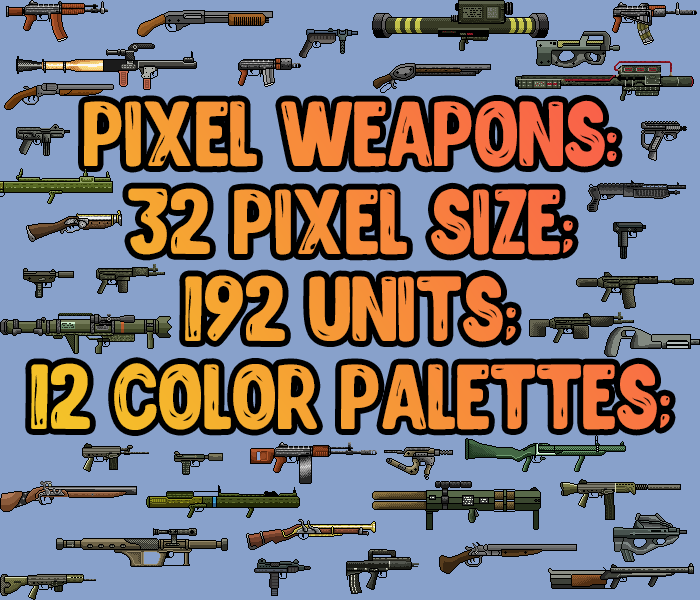
Introduction
The discussion surrounding weapons has become increasingly crucial in recent years, particularly in the context of public safety, personal rights, and international security. As violent incidents related to firearms and other weapons continue to make headlines globally, lawmakers and communities are grappling with how to effectively regulate their use. This dialogue is essential not only for safeguarding citizens but also for upholding constitutional rights and addressing socio-political realities.
Current Events and Legislation
In the United States, the ongoing debates over weapons regulation reached a new peak following a series of mass shootings throughout 2023. In response, several states have proposed or enacted stricter laws governing the sale and possession of firearms. Notably, states like California and New York are pushing for more rigorous background checks and waiting periods, aiming to reduce the likelihood of firearms falling into the wrong hands.
Meanwhile, discussions around weapon regulation are not limited to firearms. In Canada, the government has taken significant steps toward banning certain types of assault-style weapons. The 2023 legislation proposed by the federal government focused on enhancing gun control measures, including a national buyback program for prohibited firearms. This initiative showcases the government’s commitment to addressing public concerns regarding gun violence.
Global Perspectives on Weapons
On an international scale, weapons regulation varies greatly among different countries. For instance, while countries like Japan enforce strict gun control measures resulting in very low firearm-related incidents, others, such as the United States, have a less regulated approach. Conversely, in conflict zones, the proliferation of weapons remains an acute concern, as illegal arms trades contribute to social instability and violence. Organizations such as the United Nations are pushing for global treaties that emphasize the need for responsible arms control and disarmament.
Conclusion
As the conversation around weapons regulation evolves, it is evident that the balance between security and personal freedoms is delicate and complex. Forecasts suggest that discussions on weapons will continue to shape policy both in Canada and globally, particularly as technological advancements in weaponry emerge. For readers, staying informed about local and national legislation regarding weapons is essential, as it affects not only personal safety but also broader societal dynamics. The question remains: how will governments and communities navigate the intricate web of legislation and individual rights while ensuring the safety of all citizens?



